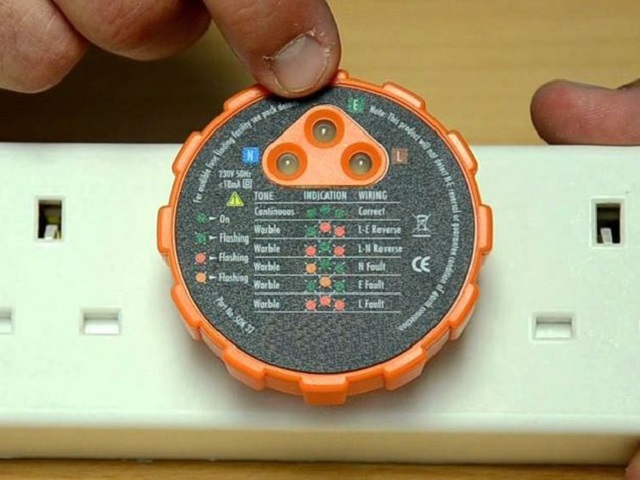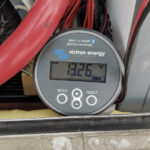When you talk about socket testers you are talking about plug-in devices designed to give you a quick and easy indication of what kind of condition the outlet is in. Although most devices will tell you the basic information you want, no device can tell you absolutely everything you need to know about the socket. No socket tester is designed to give you full assurance that a socket outlet is safe to use, but it is still safer than not using one.
It is also important to know how to use socket testers as many people carry them around in their tool bags but don’t understand how to properly use them. A lot of people also don’t know the difference between a simple socket tester, an advanced socket tester and a professional socket tester. Below we’ll go over the differences between each three so you know which one is the best fit for your needs.

Let’s start with a simple socket tester and work our way up the professional scale. They are usually more affordable and more widely available than other socket testers; they can generally indicate whether a socket is functional and can detect some faults. Most of these simpler socket testers can detect reversed and live earth connections or the absence of an earth which can be a dangerous fault. They cannot measure the earth fault loop and may read the socket as safe to use which in this case, it is not. This fact is sometimes left of packaging so it is good to be aware of what could happen. Some of these simple socket testers have led consumers to believe that some sockets are safe to use when they are simply not. If your simple socket tester does not display a numerical value of the earth fault loop impedance then it should not be relied upon when testing the functionality and safety of a socket as you cannot be certain that the safety requirements are being met.
Advanced socket testers usually range in between anywhere from $50 dollars to $150 dollars depending on the model and make. They are a little more complex than the simple ones because they have added features and components; they have the right technology to indicate and determine the earth fault loop impedance. These socket testers are designed to be easy to use and have all the standard test functions and also include reversed line and earth or reversed line and neutral. The displays of the advanced socket tester are more accurate in numerical values, which can give you a better idea on how functional the socket is. However, there have been cases where this information was not accurate enough to decide whether a socket is safe for use or not. This depends on the model and the range of values it can display. Some makes and models may also provide automatic disconnection of supply in the event of an earth fault.
Lastly, let’s discuss everything you should know about a professional socket tester. These devices are quite pricey and can run anywhere in the hundreds also depending on the brand, make, model and features. They are the most accurate and many professionals would rather use these because of the accurate reading. They will usually take the form of an earth fault loop impedance test instrument. You will usually see these instruments being used in conjunction with a lead equipped with a plug to suit the socket that needs to be tested. Unlike other models which only display the numerical values in which the measurement falls into, these devices display the numerical value accurately and precisely which is why they are favoured so much.






















